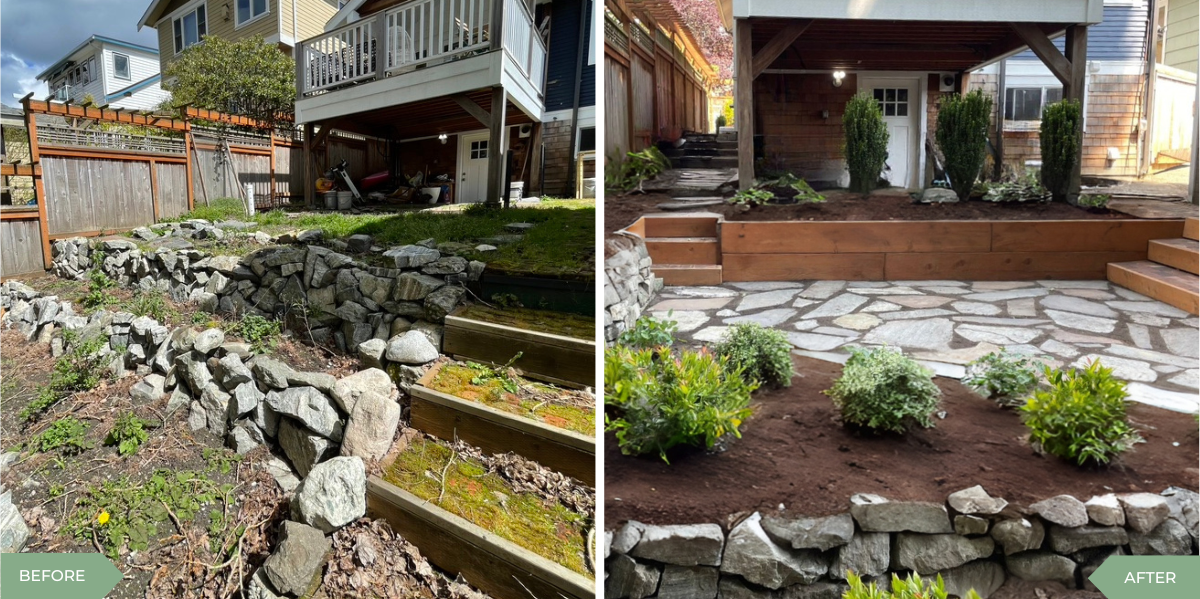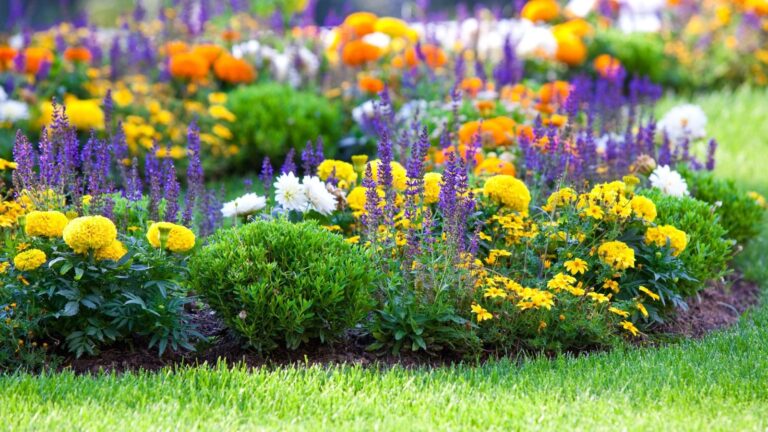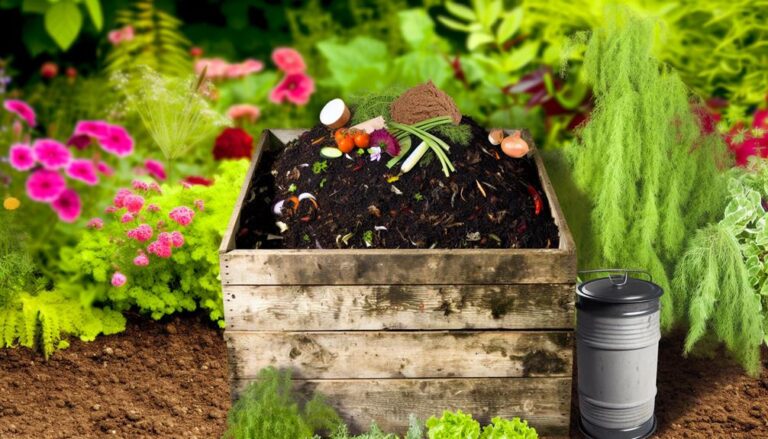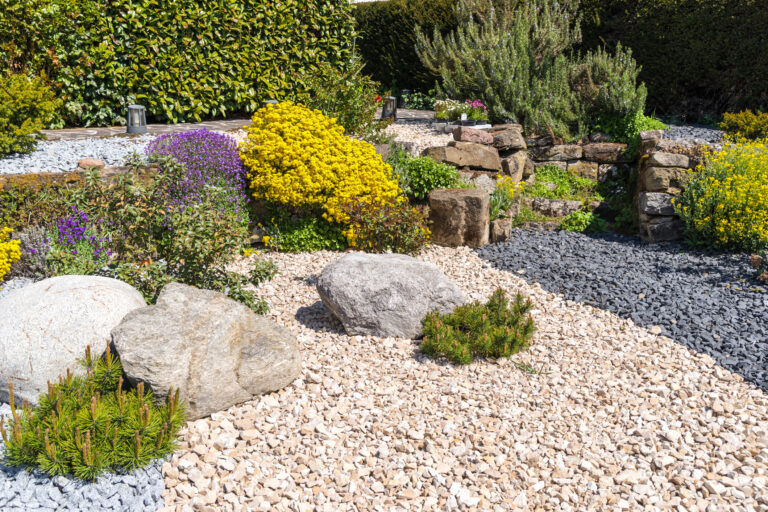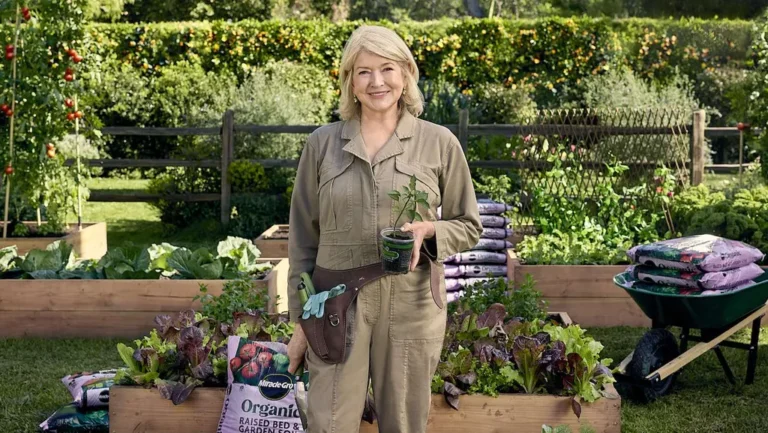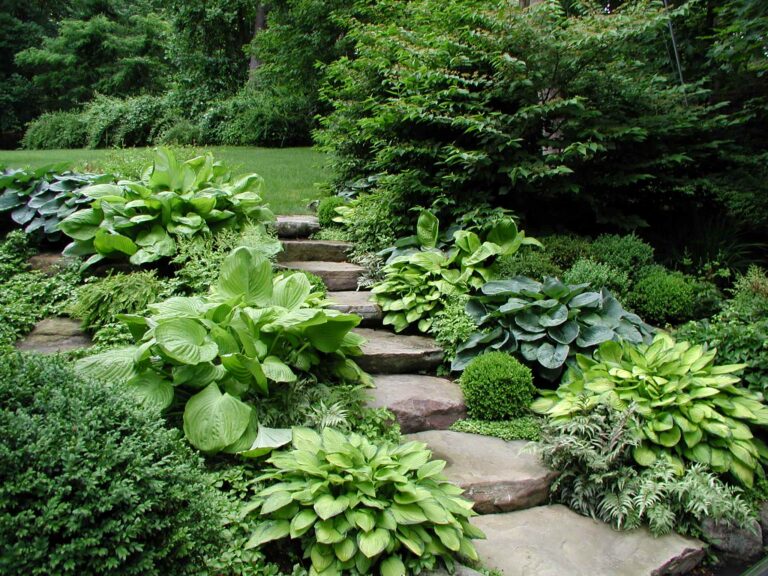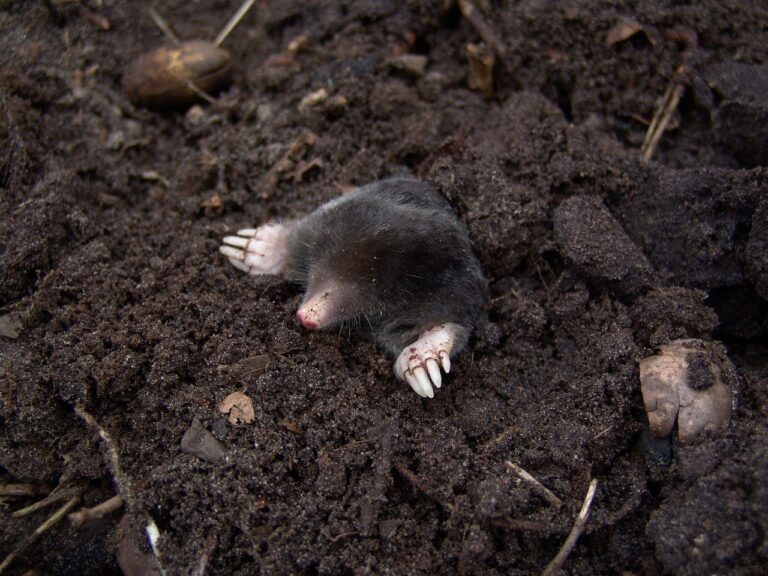Yard Trash to Garden Treasure: Complete Cleanup & Transformation Guide
My outdoor transformation started with a mission to create a serene outdoor sanctuary from my disorganized outdoor area. I felt a complete lack of hope when I stepped into my recently bought outdoor space.
The place that should have been a safe haven became a graveyard of shattered dreams which the former owners had abandoned behind their broken metal parts and shattered concrete pieces and twisted wood and massive plastic waste. The grass had surrendered to weeds years ago, and the only things thriving were the mosquitoes breeding in forgotten containers of stagnant water.
You are not the only one who has experienced this situation. Homeowners across the thousands experience similar disasters yet I learned the fundamental truth which transformed my perspective about trash.
Every single piece of trash exists as potential treasure which can be found by those who seek it.
The guide provides the complete methods I employed to develop my disaster area into a flourishing garden sanctuary through eight years of learning and experimental discovery of finding solutions in challenging situations. The program shows you how to convert your cleaning tasks into a free gardening space which brings both aesthetic value and personal satisfaction.
Assessment and Planning: The Foundation of Success
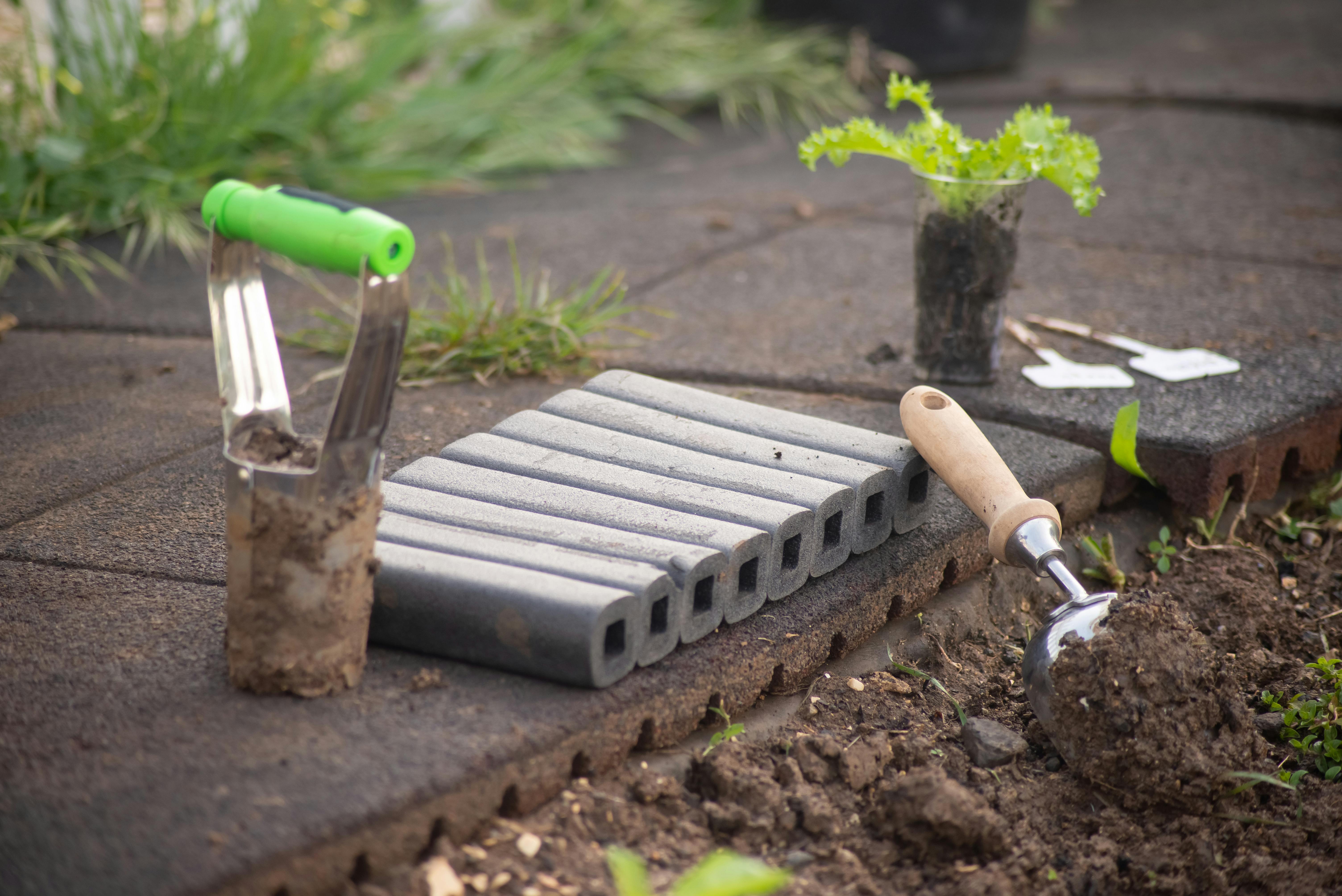
The first step toward a successful yard transformation requires homeowners to perform a thorough assessment before handling any debris. The initial assessment serves as a vital first step which helps identify potential errors and discover concealed possibilities in the disorder.
Begin by conducting a complete property survey to record all waste types which you will note down in your notebook. The sorting process requires establishing categories that include metals and plastics and organic materials and construction waste and potentially dangerous substances such as paint cans and chemical containers.
Take pictures from different perspectives because these images will serve as your initial documentation which you can use to monitor changes throughout the process. Start by locating the biggest objects which need specific care. Standard trash pickup services do not handle the removal of old appliances and furniture together with swing sets and construction materials.
Research local regulations about disposal of different materials, as many communities have specific requirements for everything from electronics to yard waste. The acquired knowledge helps businesses stay away from penalties while they work to establish sustainable waste management systems.
Study the sunlight patterns in your area and natural water flow to establish your ideal garden zones while choosing which elements to preserve. Most neglected yards possess hidden treasures which include mature trees and interesting land features and buried landscaping materials.
Safety First: Protecting Yourself During Cleanup
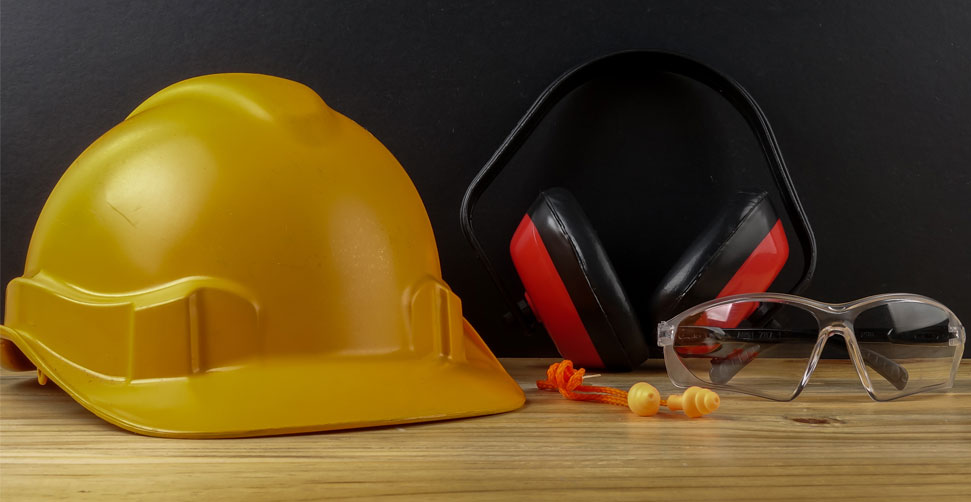
The process of transformation creates a sense of enthusiasm yet it leads people to overlook safety risks when handling accumulated waste from multiple years. The process of handling accumulated debris from years of accumulation demands thorough preparation because it creates multiple dangerous situations.
Start cleanup operations only after putting on complete protective equipment which must include thick leather gloves and steel-toed boots and long pants and sleeves and safety glasses and a quality dust mask. Everyday items hide dangerous substances because broken glass enters soil while rusty metals spread tetanus and old construction materials contain toxic lead paint and asbestos.
A methodical approach to debris clearance should focus on achieving stability instead of rushing through the process. Start by cleaning the outer areas first before moving toward the center to avoid dangerous objects in your path. Every area of overgrown vegetation should be treated as though it contains dangerous elements.
Always use tools to perform tasks instead of your hands and stay away from areas which are not visible to you. Heavy lifting needs a buddy system for safety purposes and you should understand your personal strength limits because professional removal services offer vital help.
The money spent on proper waste disposal reaches only a few hundred dollars while medical expenses from avoidable injuries amount to much higher costs.
The Great Cleanup: Systematic Debris Removal Strategies
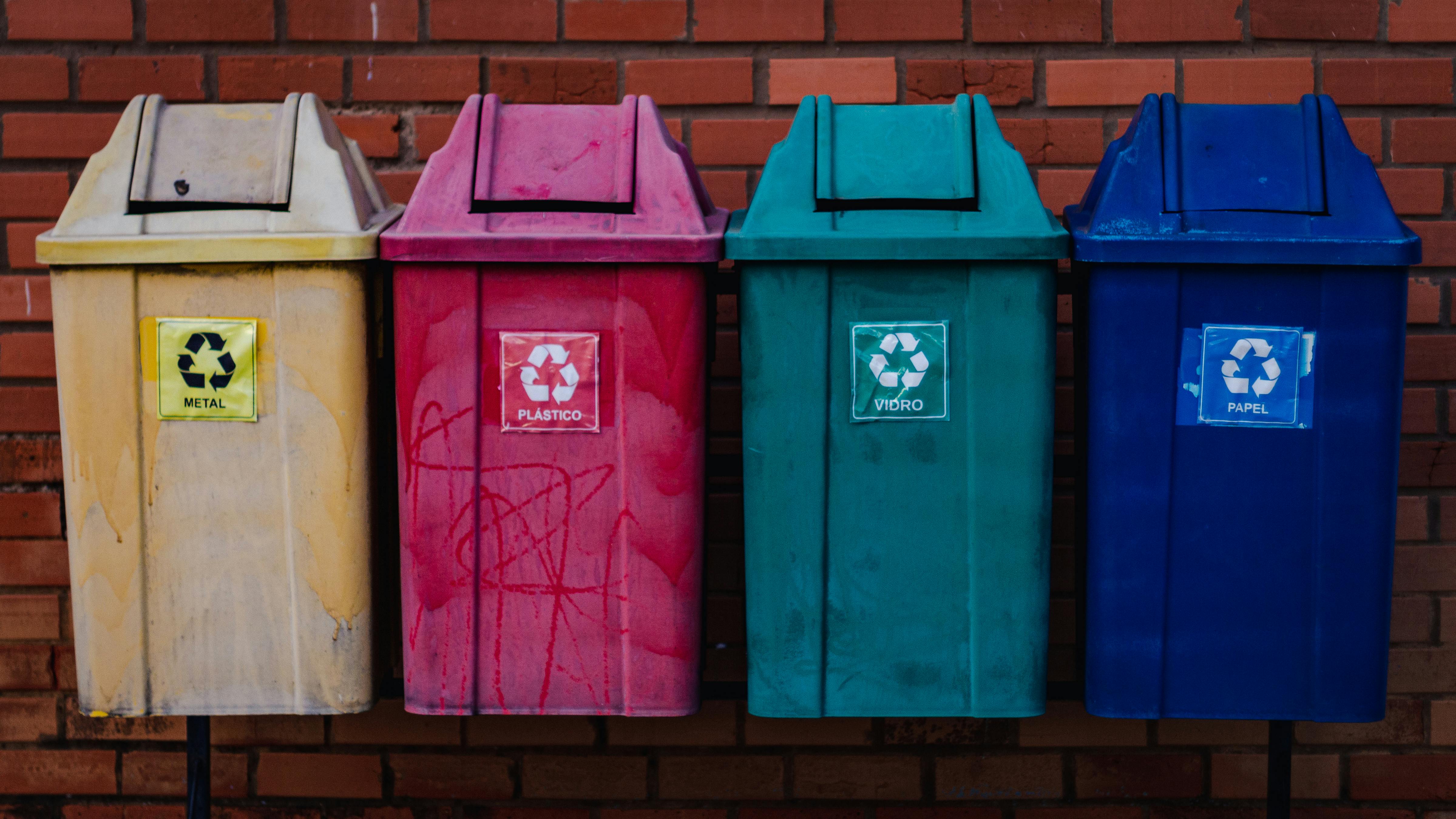
The process of large-scale yard cleanup requires a specific order which enhances operational efficiency while reducing feelings of being overwhelmed. Begin by clearing the areas that are easiest to reach by taking out all trash and surface waste that is visible. The quick visual results drive me to work on solving more complex problems.
Heavy-duty contractor bags should be used for small items while you organize your waste into distinct sections for landfill disposal and recycling and donation and repurposing. Free large item pickup services are available in numerous communities through scheduled appointments and scrap metal dealers provide payment for copper and aluminum and other valuable metal materials.
Organic waste materials including fallen branches and leaves and grass clippings should be processed through composting to create the base of your garden. The majority of properties with large amounts of non-organic waste still maintain enough organic material which can be converted into valuable soil amendments.
Create a basic three-bin composting system by using pallets or wire fencing to establish distinct sections for new materials and decomposing waste and finished compost. The method requires no financial investment to create a growing medium which guarantees plant success.

The disposal of construction waste demands a small dumpster for disposing of mixed waste materials yet organic waste requires its own dedicated management system. Homeowners get the best results by cleaning simple items themselves but they should hire experts for handling difficult materials.
Your daily visible progress needs to be your primary objective because it maintains your motivation while preventing the burnout that results from attempting excessive work at one time.
Treasure Hunting: Finding Value in Unexpected Places
People need to adopt new thinking patterns as their initial step to convert waste into useful products. The things which appear useless at present will serve as the base for innovative garden solutions. The broken concrete pieces transform into stepping stones which create free pathways through the garden.
The rusty metal components get converted into rustic decorative elements and trellises. Old lumber that has been thoroughly examined for stability can be used to construct raised beds and compost bins. The evaluation process demands you to determine the future worth of each item instead of its initial value.

Bricks and pavers need particular care because their first purchase price exceeds hundreds of dollars. Clean the items completely before organizing them by size and type because you will need them for all your garden bed edging and patio and walkway construction.
Large stones which occur naturally in the environment or come from construction waste can be used to create beautiful drainage systems and walls and serve as central elements in rock garden designs. That old wheelbarrow missing handles? Create drainage holes in the material before you transform it into a mobile planter that will function as your garden centerpiece.
Metal items provide users with numerous adaptable options. The garden transforms steel mesh into plant supports while using old pipes to create distinctive trellises and broken tools to make decorative garden items. Modern materials lack the ability to replicate the unique signs that develop during the aging process.
The evaluation of all metal items is required for welding or bending or basic cleaning operations to determine their potential value. People who garden often find their most valuable garden elements started out as discarded items from others.
Soil Rehabilitation: Healing the Damage Done
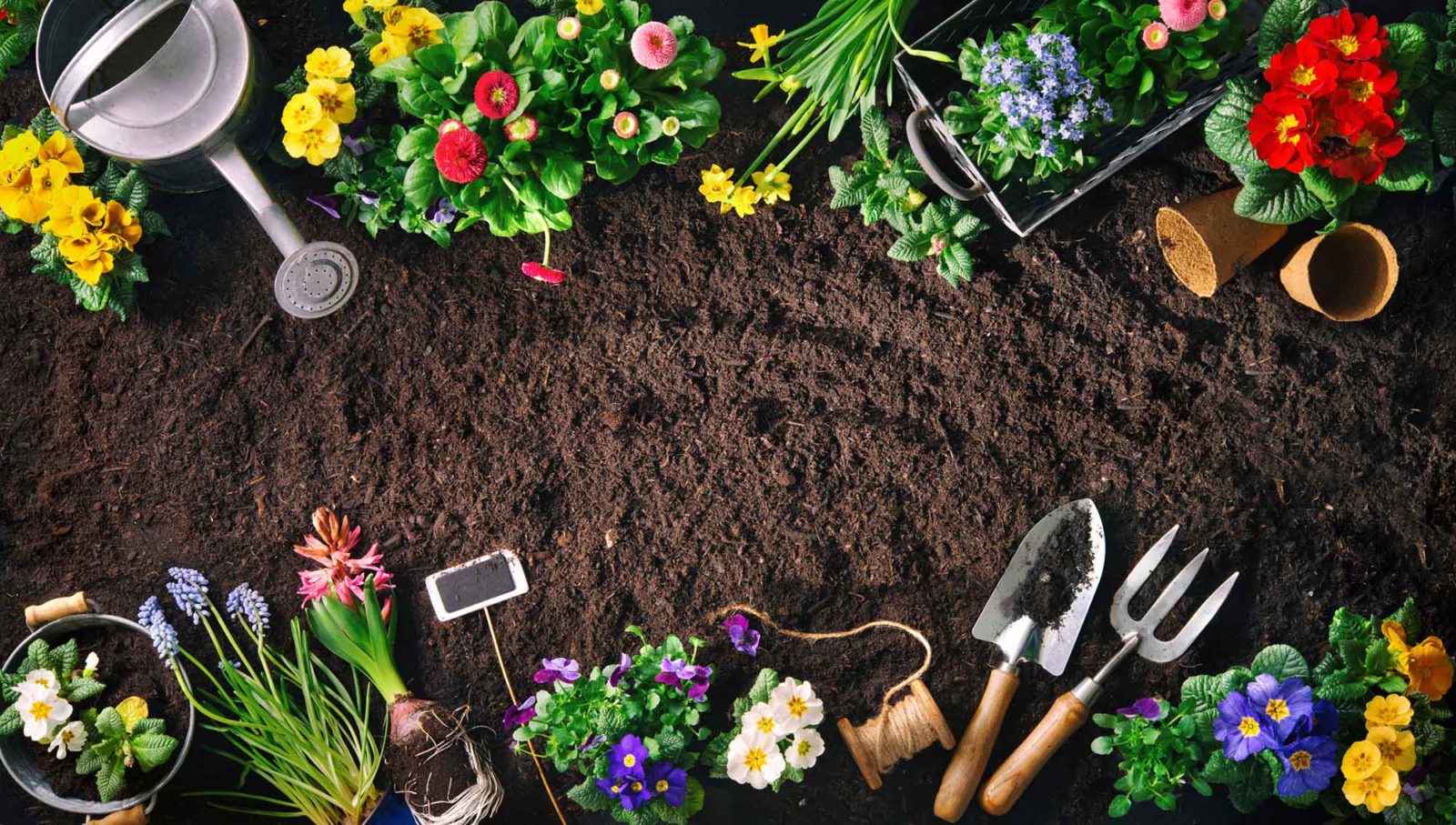
Soil becomes compacted and depleted of nutrients while accumulating different contaminants after multiple years of debris accumulation. The process of successful garden transformation demands fixing these fundamental problems instead of using plants as a surface solution.
Start by conducting soil pH and nutrient level assessments through affordable home test kits which will help you determine your soil requirements. The process of composting cleanup debris has started to create organic matter that most neglected yards need in large quantities.
The process of double-digging and broadfork use becomes necessary for severely compacted areas because it helps to break through hardpan layers which block drainage and root expansion. The time-consuming process results in a loose and friable soil structure which enables plants to thrive.
Soil tests showing petroleum product or paint or chemical contamination require immediate action through raised bed gardening until you can implement phytoremediation methods with pollution-fighting plants for complete soil restoration.
Create new planting areas through sheet mulching by stacking organic materials starting with cardboard or newspaper followed by compost and finishing with leaves and grass clippings. This approach smothers weeds while building soil fertility, and can be started immediately over cleared areas.
The process operates during winter months to create fertile planting areas that become available for spring planting. The method shows excellent results for converting waste piles into agricultural land with low maintenance requirements.
The Art of Material Repurposing: Creative Garden Solutions
The process of turning waste products into garden elements demands innovative thinking together with knowledge about suitable outdoor materials.

